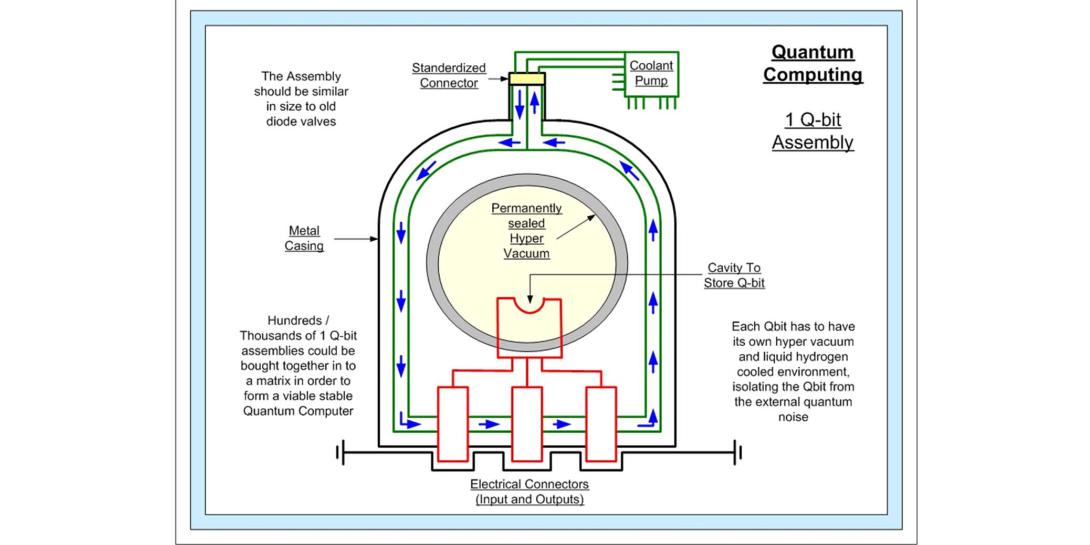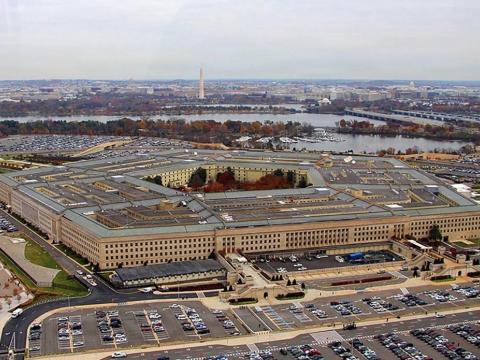Disruptive By Design: Quantum Applications Require Quantum Planning
A new era of computing, sensing, modeling and communicating will begin with the advent of viable quantum technologies.
A new era of computing, sensing, modeling and communicating will begin with the advent of viable quantum technologies. Viable quantum technologies will change everything about computers. Harnessing the characteristics of quantum mechanics is bound to unlock mathematical mysteries and enable profound applications.
Today’s military leaders must prepare now for the quantum future.
To be convinced that claims concerning quantum applications are not charlatanism, military leaders must understand the basics of quantum mechanics. The first bewildering notion of quantum mechanics—that the universe is quantized—gave rise to its name. Qualities such as mass, energy and electrical charge are not continuous. They exist as discrete quantum units that are unobservable because the intervals between them are inconceivably small. Other properties, including position, speed and color, occur as specific discrete amounts. Classical mechanics believed the exact opposite and thought these properties existed on a continuous spectrum.
The second counterintuitive discovery of quantum mechanics is that all subatomic particles also exist as waves. The finding that photons demonstrated both characteristics of particles and waves baffled classical physicists a century ago and served as a catalyst for the development of quantum mechanics.
Determining that characteristics of subatomic particles corresponded to quantized, wavelike features led to another startling conclusion: Because matter acts like waves, some properties, such as an electron’s speed and position, are complementary. The better scientists know one side of a complementary property, the less they know about the other side.
From these basic findings, additional counterintuitive conclusions arise. First, the wave function that accounts for infinite sets of simultaneously existing versions of reality at miniscule scales treats all versions of reality the same and defines them using probabilities. This idea gives rise to the principle of the superposition of states, which asserts that any miniscule system in a given state is also in two or more other states at the same time. This means that any state is really just a superposition of an infinite number of other possible states, a fact that plays a huge role in quantum computing.
At the quantum level, another element is counterintuitive to physical mechanics. The principle of indeterminacy applies, so when a miniscule system is observed, the system jumps into one or more particular states. One can only determine a probable distribution. This indeterminacy affects the nature of quantum computation and the ways in which the power of superposition must be harnessed to deliver meaningful applications.
In addition, quantum entanglement has defied explanation while giving rise to unique applications in quantum computing, quantum cryptography and quantum teleportation experimentally. In quantum entanglement, when something happens to one miniscule system, something happens simultaneously to its entangled partner. This is known as “spooky action at a distance.”
Quantum computing applies quantum mechanical principles to execute operations on data. Phenomena such as superposition and entanglement are employed to engineer qubits, the basic building blocks of quantum computers. Unlike digital computers that rely on binary electrical circuits to encode and conduct mathematical operations, quantum computers rely on qubits. As the coherent qubits in a quantum computer increase, their ability to apply superpositioned states for calculating and modeling dramatically increases, far surpassing the thresholds of digital computers. For this reason, many researchers and theorists believe that quantum computers will continue to extend Moore’s law from the age of vacuum tubes and transistors into the next era of quantum computational design.
Quantum modeling applies quantum computers to incredibly complex calculations that far surpass the ability of today’s most powerful digital computers. Many quantum modeling researchers wish to turn these machines on quantum mechanics itself to provide an even better understanding of quantum phenomena. Right now, much is understood about the subatomic building blocks, but when they are combined to form atoms and molecules, researchers do not yet have powerful enough digital computers to model all the possible outcomes effectively.
Decades ago, when computer engineers replaced vacuum tubes with transistors, few military leaders understood the profound impact this feat would have on military information and communication systems. Quantum technologies capable of employing the dramatic discoveries associated with quantum mechanics will have a similarly transformative effect. The time has come for leaders in the military communications arena to begin to plan for this disruptive change.
Maj. Ryan Kenny, USA, created an online forum to foster discussions about emerging technologies at www.militarycommunicators.org. The views expressed here are his own and do not represent the views and opinions of the U.S. Defense Department, U.S. Army or other organizations with which he has been affiliated.





Comment
Brilliant
...and when quantum computing is applied toward encyption, theoretically, everything encrypted can be decrypted much more readily. The race is on to develop proven quantum resistant encryptuon algorithms. Good to see quantum computing awareness is starting to happen. Thanks for the article.
Comments